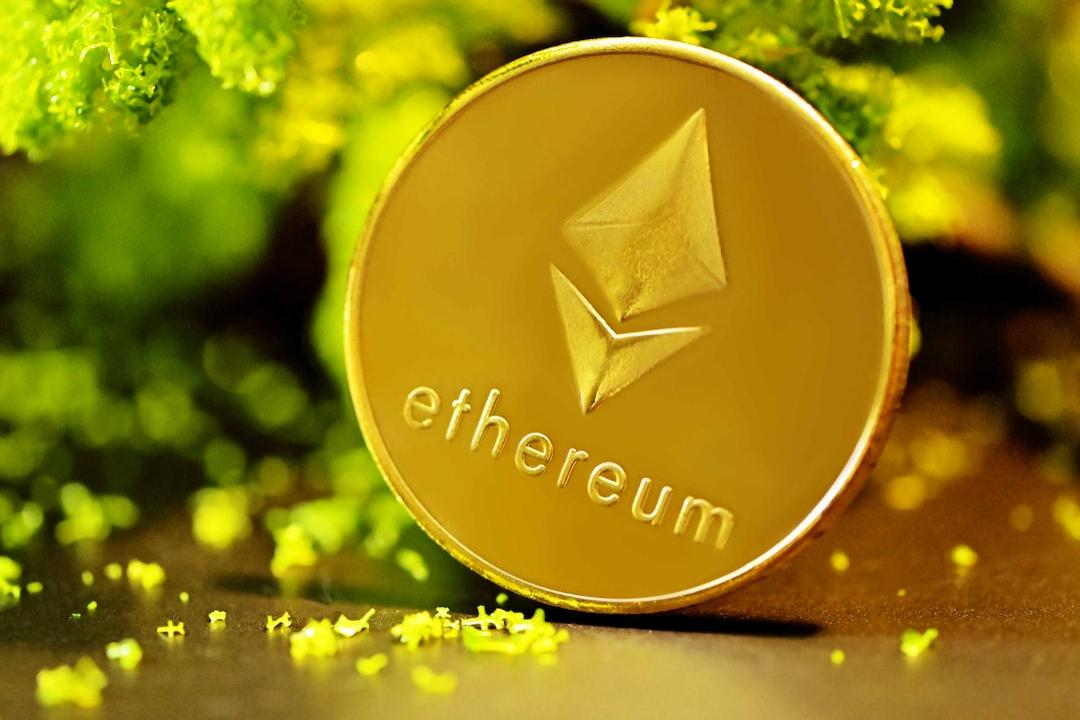As the European Commission discusses tokenized assets in Brussels, the World Federation of Exchanges (WFE) has released a comprehensive report titled “Decoding Tokenization: Embracing the Future.” The report emphasizes the importance of balanced development in the tokenization field, cautioning against excessive hesitation or blind enthusiasm.
The report highlights that tokenizing traditional assets should not be seen as a radical transformation but rather as an innovative evolution in traditional finance. This new approach provides investors and market participants with new opportunities, underscoring the continued investment in innovation by exchanges.
Tokenization offers several advantages that have the potential to transform the financial markets, including:
– Ownership decentralization: Multiple investors can own a portion of an asset, reducing the capital requirement for individual high-value asset investments.
– Enhanced liquidity: Decentralization allows more people to participate in investments, increasing overall market liquidity.
– Trust enhancement: By making investments easier, tokenization can promote greater financial inclusion, diversity, and economic growth.
The report notes that not all touted advantages of tokenization stand up to scrutiny. For example, 24/7 continuous trading can be achieved without tokenization, and decentralized models often face conflicts of interest. Additionally, real-time settlement in tokenized trading may lead to unpredictable timeframes, impacting market liquidity and trading costs.
Despite over 15 years since the release of the Bitcoin whitepaper, the adoption of tokenization in traditional markets remains limited for several reasons:
– Technological limitations: Distributed ledger technology (DLT) currently cannot handle high trading volumes in active exchanges. Issues like data storage further complicate its use.
– Fragmented infrastructure: Different DLTs create a fragmented ecosystem, requiring financial institutions to connect to multiple platforms, increasing operational costs.
– High implementation costs: Transitioning to DLT requires significant capital investment in building the necessary infrastructure, posing a financial burden on the market.
– Regulatory uncertainty: While improving, the laws in many jurisdictions still do not fully cover tokenized assets, leading companies to proceed cautiously.
– Lack of widespread adoption: Without universal use, the network effect of tokenization is limited, reducing the incentive for businesses and exchanges to update their technology stack.
Regulation plays a crucial role in the development of tokenization. A clear and supportive regulatory framework can alleviate some concerns regarding tokenized assets. James Auliffe, Manager of Regulatory Affairs at the World Federation of Exchanges, emphasizes the importance of understanding the fundamental principles of tokenization and the infrastructure for trading these assets. He stresses that regulation should view tokenization as a natural progression in the financial industry, applicable to specific environments and assets.
Tokenization represents innovation and a modern version of traditional finance, providing new possibilities for investors and market participants. However, its current limitations indicate that it is not a one-size-fits-all solution for all asset types. With ongoing innovation in the industry and the evolution of regulatory frameworks, the true potential of tokenization will be realized, benefiting the financial markets and participants.
RWA
Tokenization
European Commission

